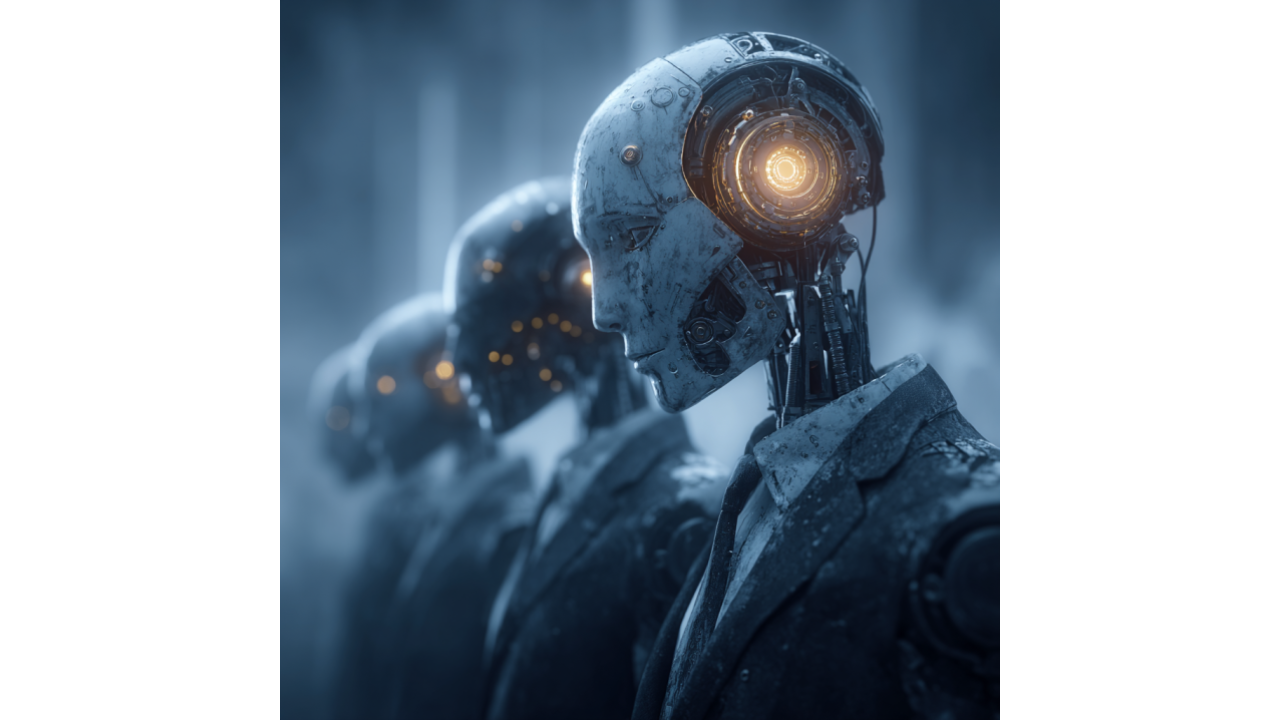Figure AI's Battle-Scarred Robots Just Proved Humanoid AI Can Survive the Factory Floor
The robots came back from the factory looking like they'd been through a war. Scratches. Scuffs. Industrial grime coating their frames. And Figure AI...
4 min read
 Writing Team
:
Jul 29, 2025 8:00:00 AM
Writing Team
:
Jul 29, 2025 8:00:00 AM

For years, humanoid robots were expensive theater—million-dollar machines that could barely walk across a stage without falling over, designed more for investor pitches than industrial productivity. But something fundamentally shifted at Shanghai's 2025 World AI Conference. Among the 150+ humanoid robots showcased, with 60 making their debut, we witnessed the moment when robotics crossed from performance art into practical deployment.
The difference wasn't just in the numbers—it was in the business models. China Mobile's $17 million order for humanoid robots to serve as in-store guides represents the largest single commercial deployment to date, signaling a market that's finally ready to pay for functionality over flash.
AgiBot's unveiling of its Genie Envisioner platform marks a crucial inflection point. Rather than building another demo robot, the Shanghai-based company created an end-to-end development ecosystem that integrates prediction, control, and evaluation capabilities. It's the equivalent of moving from hand-crafting individual websites to building WordPress—suddenly, the barrier to creating functional robots drops dramatically.
@aeyespybywinsome Humanoid. Love em. #robots #greenscreen
♬ original sound - AEyeSpy
The company, founded by former Huawei "Genius Youth" recruit Peng Zhihui, has already manufactured 962 units as of December 2024 and aims to deploy 2,000 robots next year across factories, warehouses, and retail environments. More significantly, AgiBot's stock surged 10-fold this month after its STAR Market listing, indicating investor confidence in sustainable business models rather than speculative hype.
AgiBot's GO-1 foundation model represents the "ChatGPT moment" for embodied AI. Using vision-language processing and the ViLLA framework, it can learn from watching humans perform tasks and generalize quickly from limited training data. This isn't just technological advancement—it's economic transformation. When robots can learn by observation rather than expensive programming, the unit economics finally make sense.
The technical breakthroughs showcased weren't just impressive—they were industrially relevant. OYMotion's robotic hands demonstrated the precision to "pick up a potato chip without breaking it" while supporting industrial applications up to 30 kilograms. The company has secured international certifications including FDA approval and exports bionic hands to the US, Middle East, and Russia.
Flexiv pushed beyond vision-only AI with force-sensing robots capable of providing professional-level massages, deploying techniques like finger kneading and palm rubbing with precision that moves beyond traditional visual perception limitations. This represents a fundamental shift from robots that see to robots that feel—crucial for complex manipulation tasks that define industrial utility.
The broader implications are staggering. Robotic hands typically account for over 10% of a robot's cost, making OYMotion's innovations critical for scaling deployment. When these components become commoditized through companies like OYMotion supplying multiple robot manufacturers, the entire industry benefits from reduced costs and improved standardization.
SenseTime's Wuneng platform emergence represents embodied AI moving beyond smartphone and camera applications into real-world interaction. The platform's ability to interpret simple prompts like "find something on the shelf in the kitchen area" and execute autonomous responses demonstrates the convergence of language understanding with physical capabilities.
Meanwhile, Tencent's open-source HunyuanWorld 3D model creates detailed, interactive virtual environments from text or images, ready for gaming and VR pipelines. This isn't just about entertainment—it's about creating training environments where robots can practice complex tasks in simulation before deployment, dramatically reducing the cost and risk of real-world training.
The convergence of these technologies—dexterous manipulation, force sensing, natural language processing, and simulated training environments—creates a perfect storm for practical deployment.
The numbers tell the real story. China is on track to produce more than 10,000 humanoid robots this year—over half the global production. Investment in China's robotics industry jumped from RMB 1.98 billion ($279 million) in 2019 to RMB 9.74 billion ($1.37 billion) in 2023. Goldman Sachs projects the humanoid robot market could reach $154 billion by 2035.
But what makes this different from previous robotics booms is the focus on specific, profitable use cases rather than general-purpose artificial general intelligence. China Mobile's deployment focuses on customer service roles where human-robot interaction creates measurable value. AgiBot's factory and warehouse applications target specific labor shortages where ROI can be calculated precisely.
The timing aligns with China's demographic reality: the working-age population is expected to shrink by 22% through 2050, with a projected shortfall of 30 million manufacturing workers by year-end. This isn't about replacing human workers for efficiency—it's about maintaining industrial capacity despite demographic decline.
What emerged from Shanghai wasn't just better robots—it was the infrastructure for a robotics ecosystem. AgiBot's Genie Envisioner provides the development platform, OYMotion supplies standardized components, Flexiv contributes force-sensing capabilities, and SenseTime offers the AI integration layer.
This mirrors the smartphone industry's evolution from individual manufacturers creating everything in-house to specialized companies providing cameras, processors, sensors, and software that multiple manufacturers integrate. When robots become modular rather than monolithic, innovation accelerates and costs plummet.
The Chinese government's Made in China 2025 initiative specifically targets humanoid robot development, with the Ministry of Industry and Information Technology calling for "production at scale" by 2025. Shanghai's Action Plan aims to develop a $14 billion smart robotics industry, while Beijing announced a $1.4 billion robotics fund.
While Boston Dynamics and Tesla dominate headlines with impressive demonstrations, Chinese companies are quietly building the supply chains and business models for scaled deployment. AgiBot's A2 robot reportedly became the world's first humanoid robot certified in China, the European Union, and the US simultaneously.
The parallel to electric vehicles is obvious and ominous for Western competitors. Just as Chinese EV companies like BYD began outpacing Tesla's growth while undercutting prices, a similar dynamic appears to be emerging in humanoid robotics. The difference is that robotics could transform entire labor markets rather than just transportation.
Tesla's Optimus aims to produce 5,000 units this year, while AgiBot targets the same number with plans to scale to 3,000-5,000 units annually. The competition isn't just about technology—it's about manufacturing scale, supply chain optimization, and finding profitable deployment strategies.
What Shanghai revealed isn't just technological progress—it's business model validation. When China Mobile commits $17 million to robot deployment, when AgiBot's stock surges 10-fold, when OYMotion secures FDA approval for international expansion, we're witnessing the transition from venture-funded experiments to revenue-generating businesses.
The robots showcased weren't designed to impress investors—they were built to perform specific tasks profitably. That shift from demo floor theatrics to factory floor pragmatism represents the maturation of an industry that has overpromised and underdelivered for decades.
For marketers and growth leaders, the lesson is clear: the next wave of automation isn't coming from Silicon Valley labs—it's emerging from Shanghai factories where robots are designed for deployment, not demonstration. The companies that recognize this shift and adapt their strategies accordingly will thrive in an economy where human-robot collaboration becomes the competitive advantage.
Ready to navigate the intersection of AI and physical automation? Our growth experts help companies position themselves for the robotics revolution that's already happening in factories and warehouses worldwide.

The robots came back from the factory looking like they'd been through a war. Scratches. Scuffs. Industrial grime coating their frames. And Figure AI...

The AI boom has a gloriously mundane bottleneck: the floors can't hold the weight. According to The Verge's reporting, data centers built before the...
-3.png)
1 min read
While the tech world debates AI safety and adversarial attacks, a Chinese robotics company just delivered something that made us forget all our...